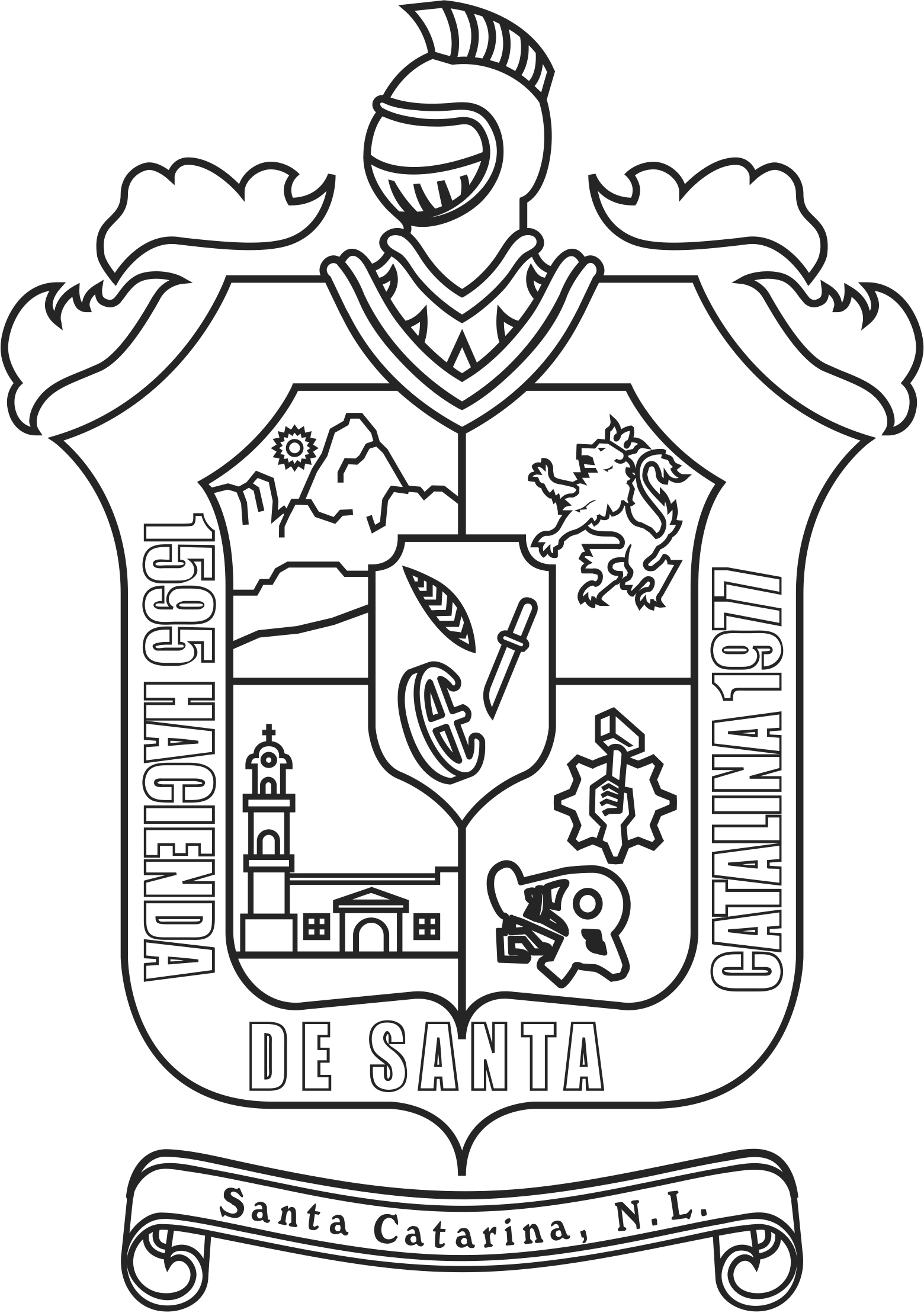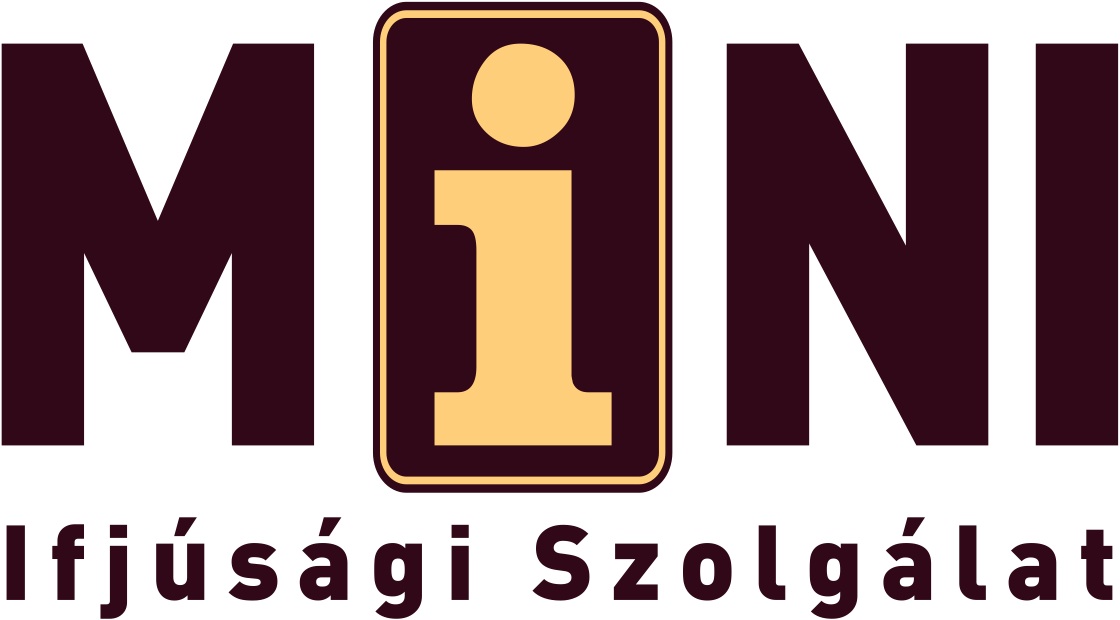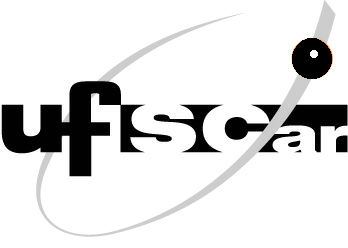biological databases aims the purpose of this course is to provide the concepts used in organizing biological informational data into
Biological databases
Aims
The purpose of this course is to provide the concepts used in
organizing biological informational data into databases, the structure
of the databases and retrieval of data. Multipurpose informational
(general) databases, as well as specialized databases focusing onto
particular aspects of bioinformatics or onto particular (e.g.
individualized) targets of analysis, will be described and discussed.
Attention is also giving to incorporation of new data types,
integration of data and tools, and relational database management.
Contents
1. Introduction
- Defining the data labyrinth ; surviving the data flood
- Routes to acquisition and collection of nucleotide sequence data
- Routes to acquisition and collection of amino-acid sequence data
- Routes to global analysis of gene expressions
- Routes to target discovery/validation in toxicogenomics and
pharmacogenomics
- Early “packages” of data collection and analysis tools (Staden
package, PC/gene, etc.)
2. Development of biological databases
- Datatypes
- File formats (GenBank, EMBL, FASTA, PDB, ASN-1, ...)
- Annotation
- Curation
- Indexing
- The Biostandards Project
3. Biological databases
a. Factual databases (data repositories)
- The International Nucleotide Sequence Database Effort
(DDJB-EMBL-GenBank)
- Protein sequence databases (SWISS-PROT, PIR)
- Structure databases (PDB)
- Specialized data repositories (EST, SNP, genome, protein
interaction, 2D-PAGE, MS-fragment-ion, and microarray databases)
b. Knowledge bases
- Protein families and motifs databases (PROSITE, BLOCKS, PFAM, ...)
- Classification databases for sequences (COG) and structures (CATH,
SCOP)
- Pathway databases (KEGG, EcoCyc ...)
- Genome and genome diversity databases (...OMIM...)
c. Computational databases
- Automated genome annotation (Pedant)
- Calculated structures databases (3D Crunch)
4. Data retrieval / User interface
- Browsing
- Text-based query (Entrez, SRS, ...)
- Sequence-based query (BLAST, FASTA, ...)
- Data mining
 CURRICULUM VITAE VERSION PÚBLICA NOMBRE LUIS GERARDO FLORES ALMARAZ
CURRICULUM VITAE VERSION PÚBLICA NOMBRE LUIS GERARDO FLORES ALMARAZ SITE IS DOWN THE WEBSITE IS CURRENTLY UNAVAILABLE DUE
SITE IS DOWN THE WEBSITE IS CURRENTLY UNAVAILABLE DUE PEMERINTAH DAERAH KABUPATEN KARANGANYAR DINAS KEARSIPAN DAN PERPUSTAKAAN JL
PEMERINTAH DAERAH KABUPATEN KARANGANYAR DINAS KEARSIPAN DAN PERPUSTAKAAN JL LIETUVOS BURIUOTOJŲ SĄJUNGA SŽUKAUSKO 2725VILNIUS LT09129 TELFAKS8 5 2788446
LIETUVOS BURIUOTOJŲ SĄJUNGA SŽUKAUSKO 2725VILNIUS LT09129 TELFAKS8 5 2788446 DONNA FIELDS FROM COMICS TO CARTOONS MARY WALKS
DONNA FIELDS FROM COMICS TO CARTOONS MARY WALKS DEALING WITH CUSTOMER ENQUIRIESCOMPLAINTS A REFERENCE AND RESOURCE DOCUMENT
DEALING WITH CUSTOMER ENQUIRIESCOMPLAINTS A REFERENCE AND RESOURCE DOCUMENT NYILATKOZAT ALULÍROTT(NÉV) (ÖNKORMÁNYZAT INTÉZMÉNY SZERVEZET A TOVÁBBIAKBAN SZERVEZET) KÉPVISELETÉRE
NYILATKOZAT ALULÍROTT(NÉV) (ÖNKORMÁNYZAT INTÉZMÉNY SZERVEZET A TOVÁBBIAKBAN SZERVEZET) KÉPVISELETÉRE DENUNCIEM TESTO PER PERSEGUIR ELS REPRESENTANTS SINDICALS DELS TREBALLADORS
DENUNCIEM TESTO PER PERSEGUIR ELS REPRESENTANTS SINDICALS DELS TREBALLADORS UKAZATEL ZMĚNY POČTU OBYVATEL (V ) V MÍSTĚ REALIZACE
UKAZATEL ZMĚNY POČTU OBYVATEL (V ) V MÍSTĚ REALIZACE CGRUPO 12 OLEGIO LA CONCEPCIÓN IED “ESFUERZO Y SUPERACIÓN
CGRUPO 12 OLEGIO LA CONCEPCIÓN IED “ESFUERZO Y SUPERACIÓN SPATIAL SENSE AND GEOMETRY HSPA PREP WITH SOLUTIONS NAME
SPATIAL SENSE AND GEOMETRY HSPA PREP WITH SOLUTIONS NAME INDIVIDUAL CHARACTERISTICS FORM (ICF) US DEPARTMENT OF LABOR WORK
INDIVIDUAL CHARACTERISTICS FORM (ICF) US DEPARTMENT OF LABOR WORK UNIVERSIDADE FEDERAL DE SÃO CARLOS DEPARTAMENTO DE CIÊNCIA DA
UNIVERSIDADE FEDERAL DE SÃO CARLOS DEPARTAMENTO DE CIÊNCIA DA